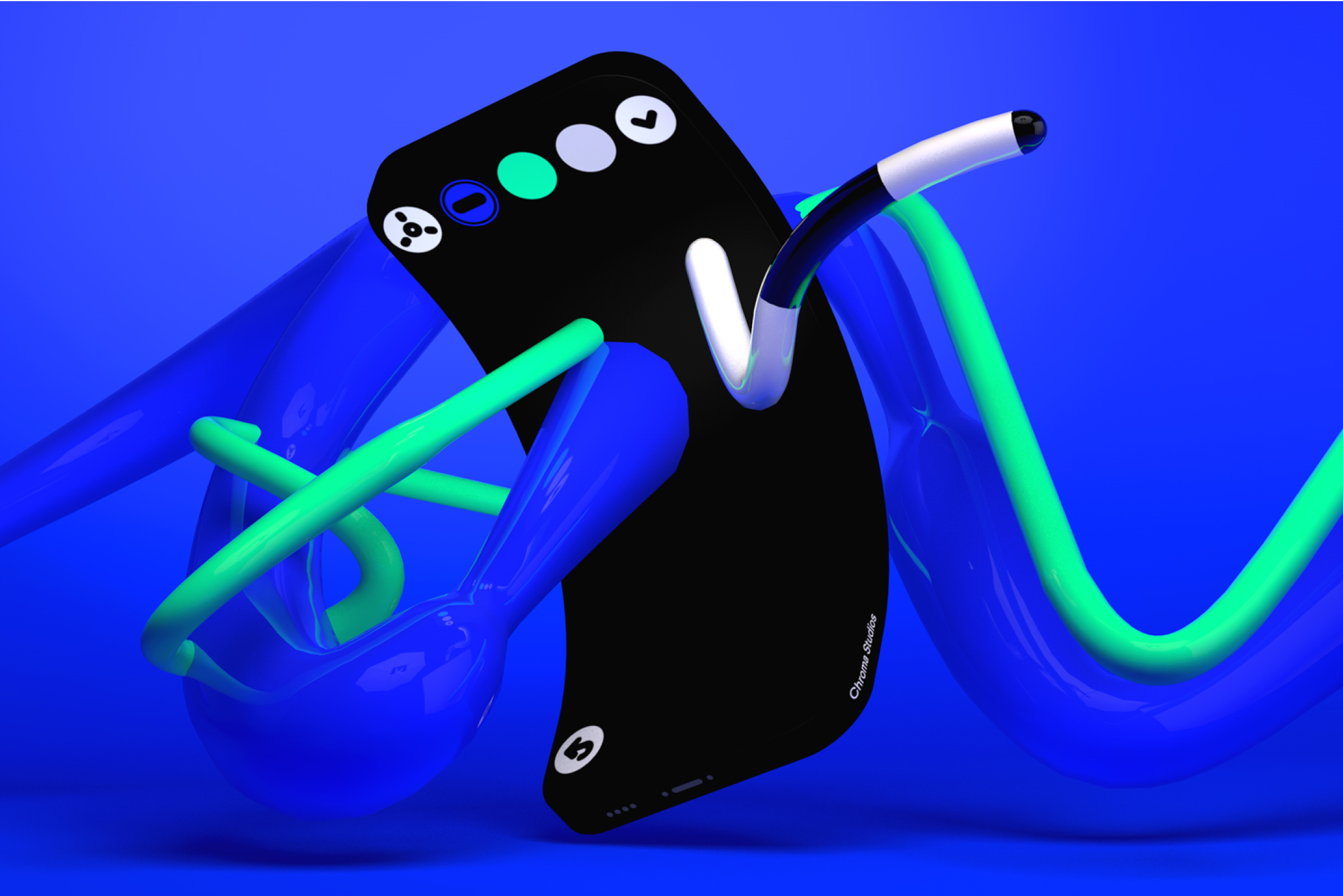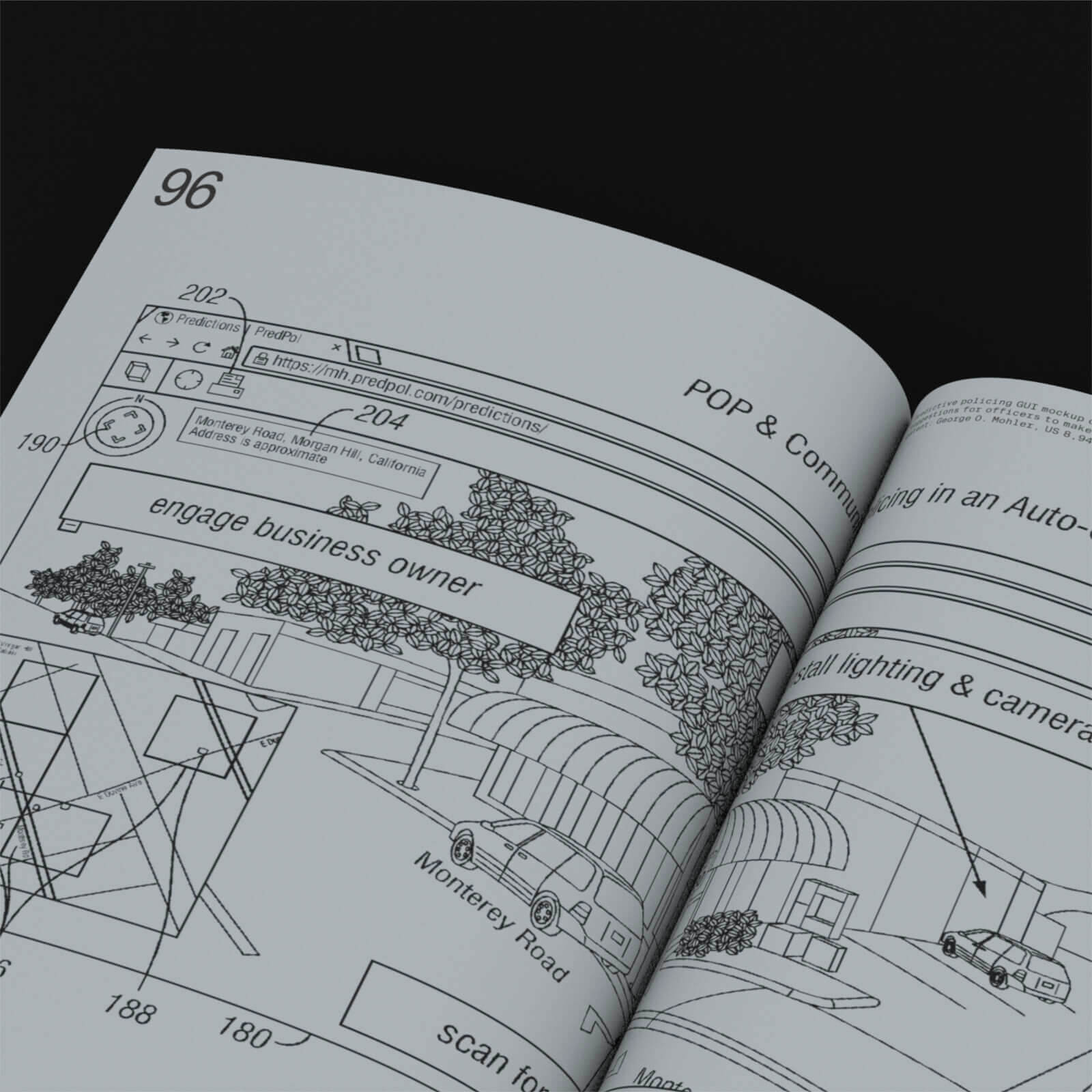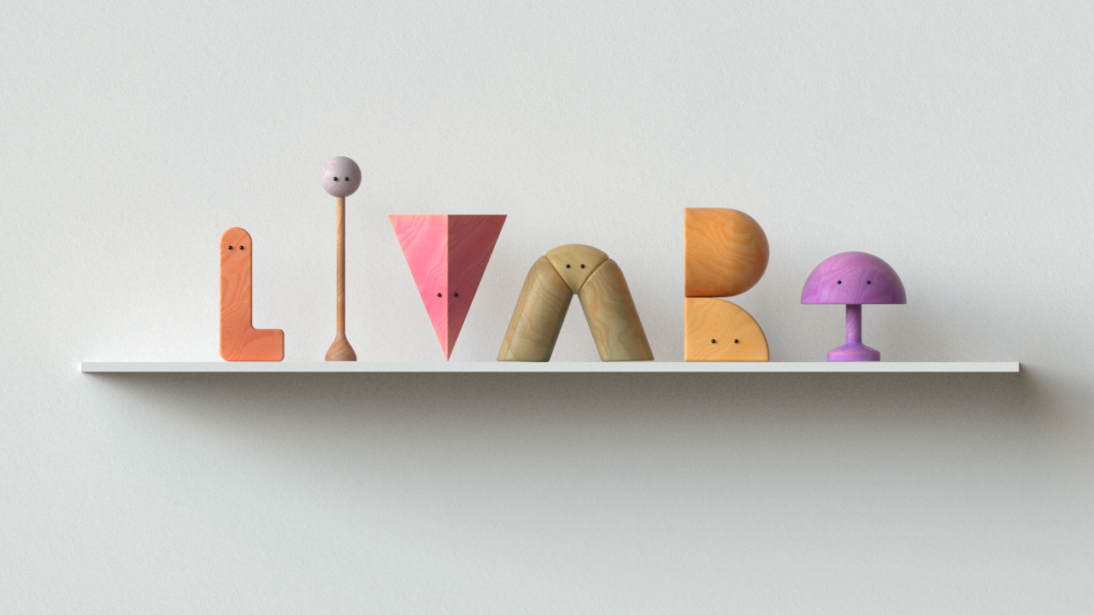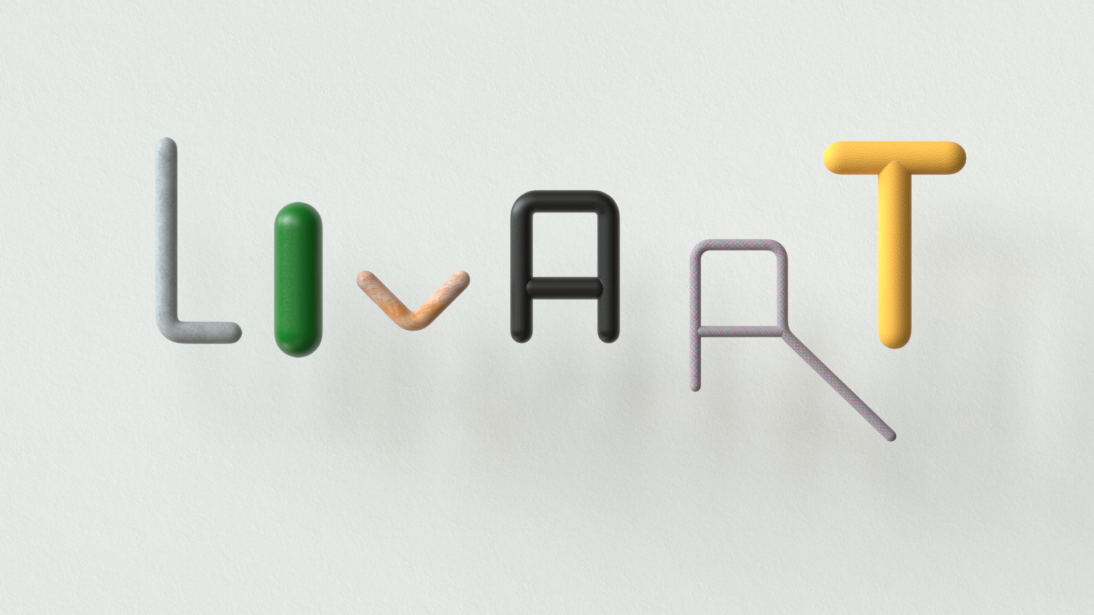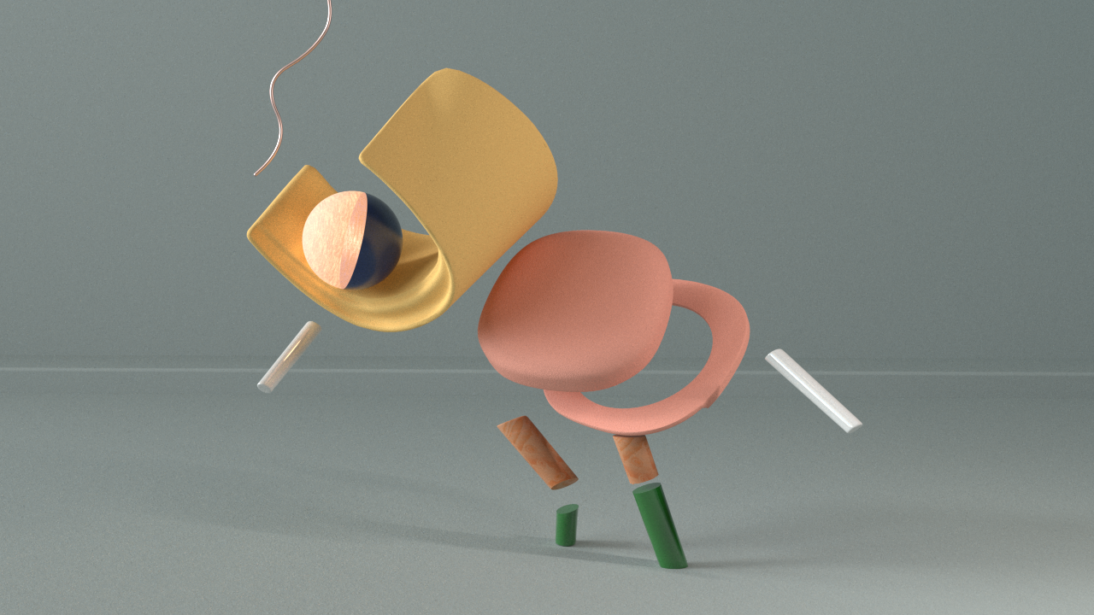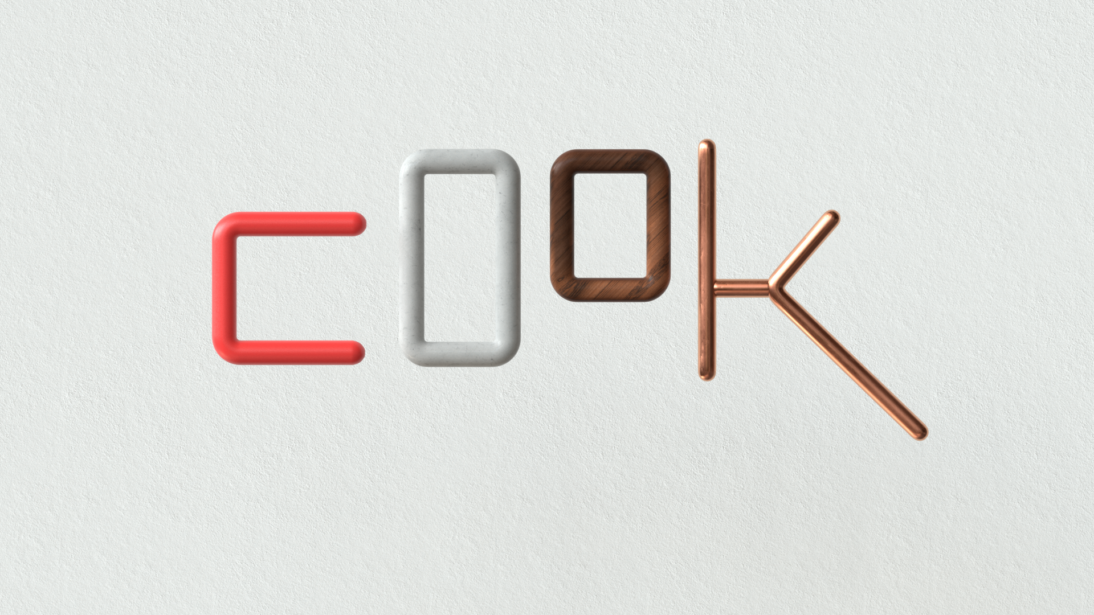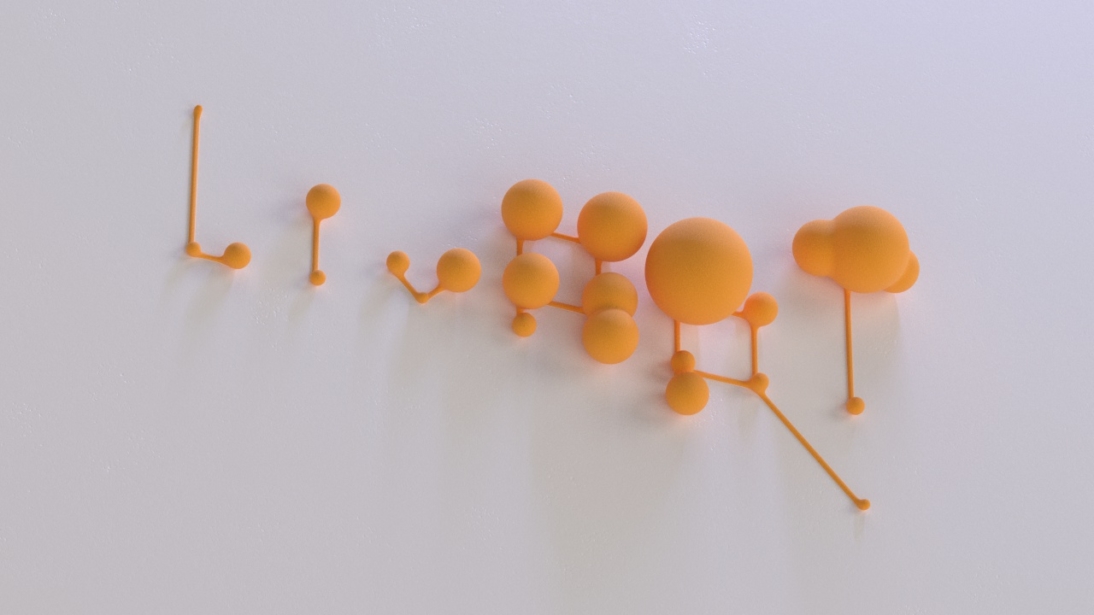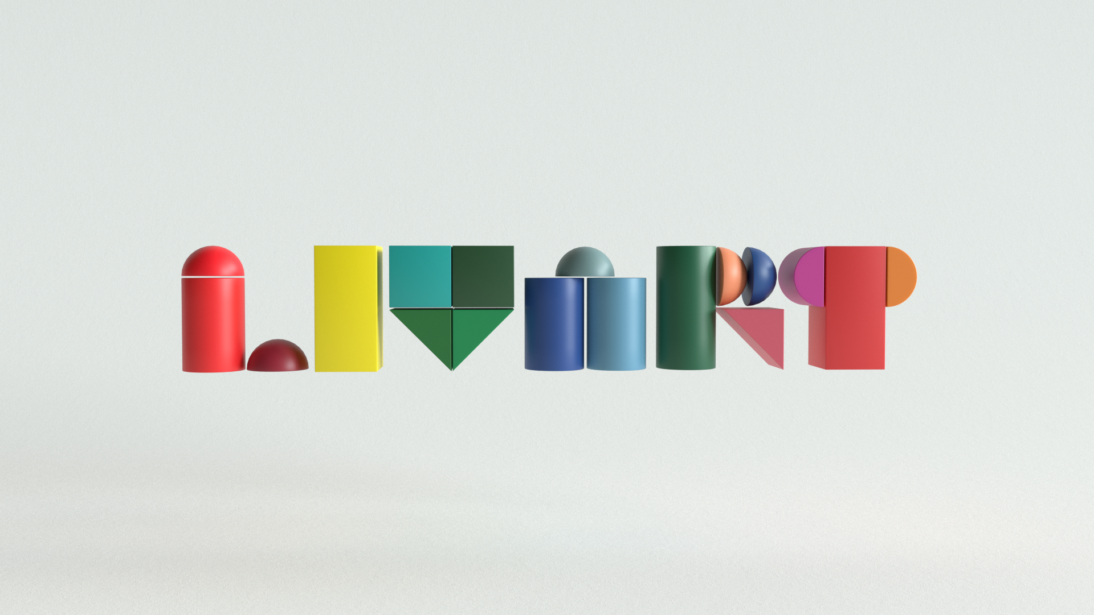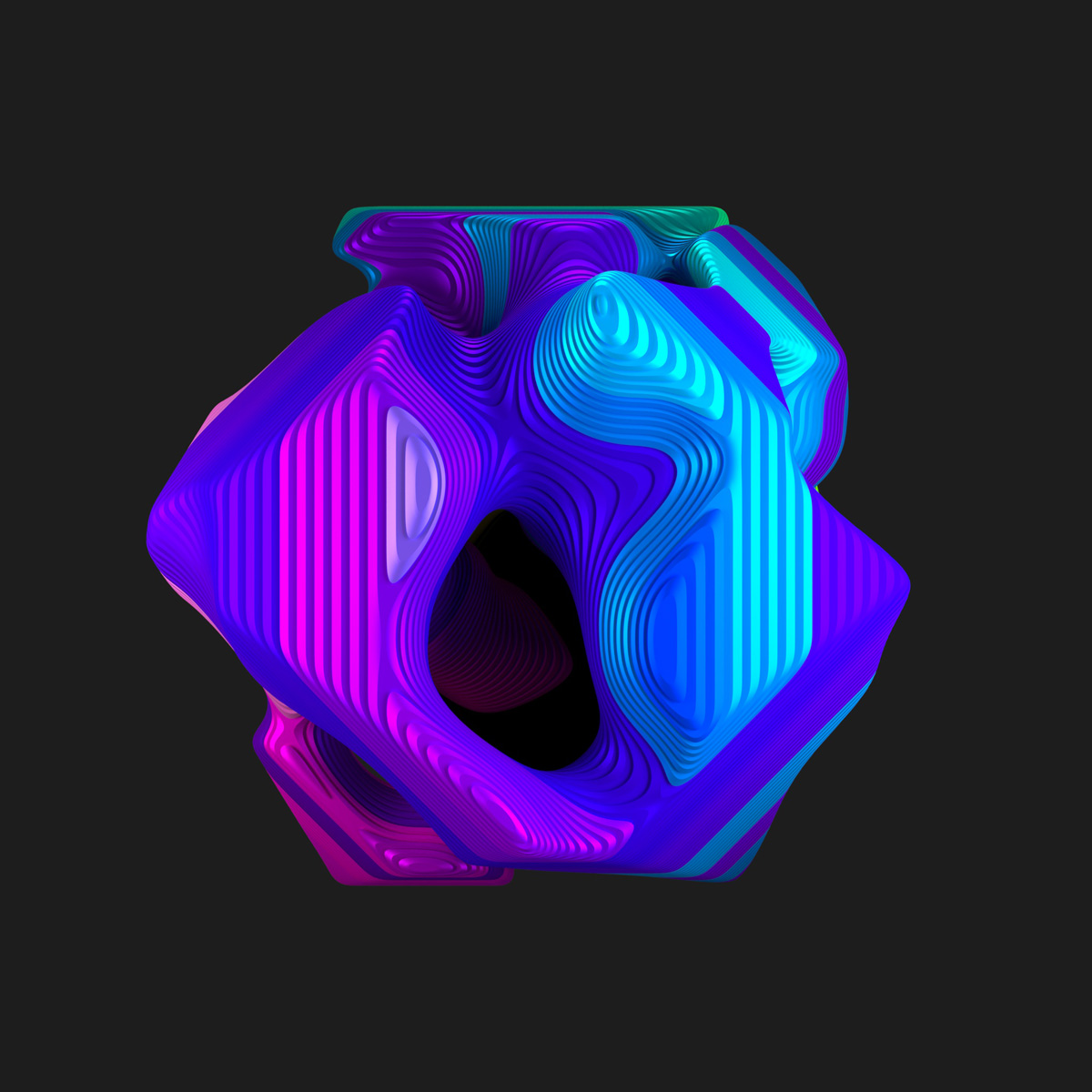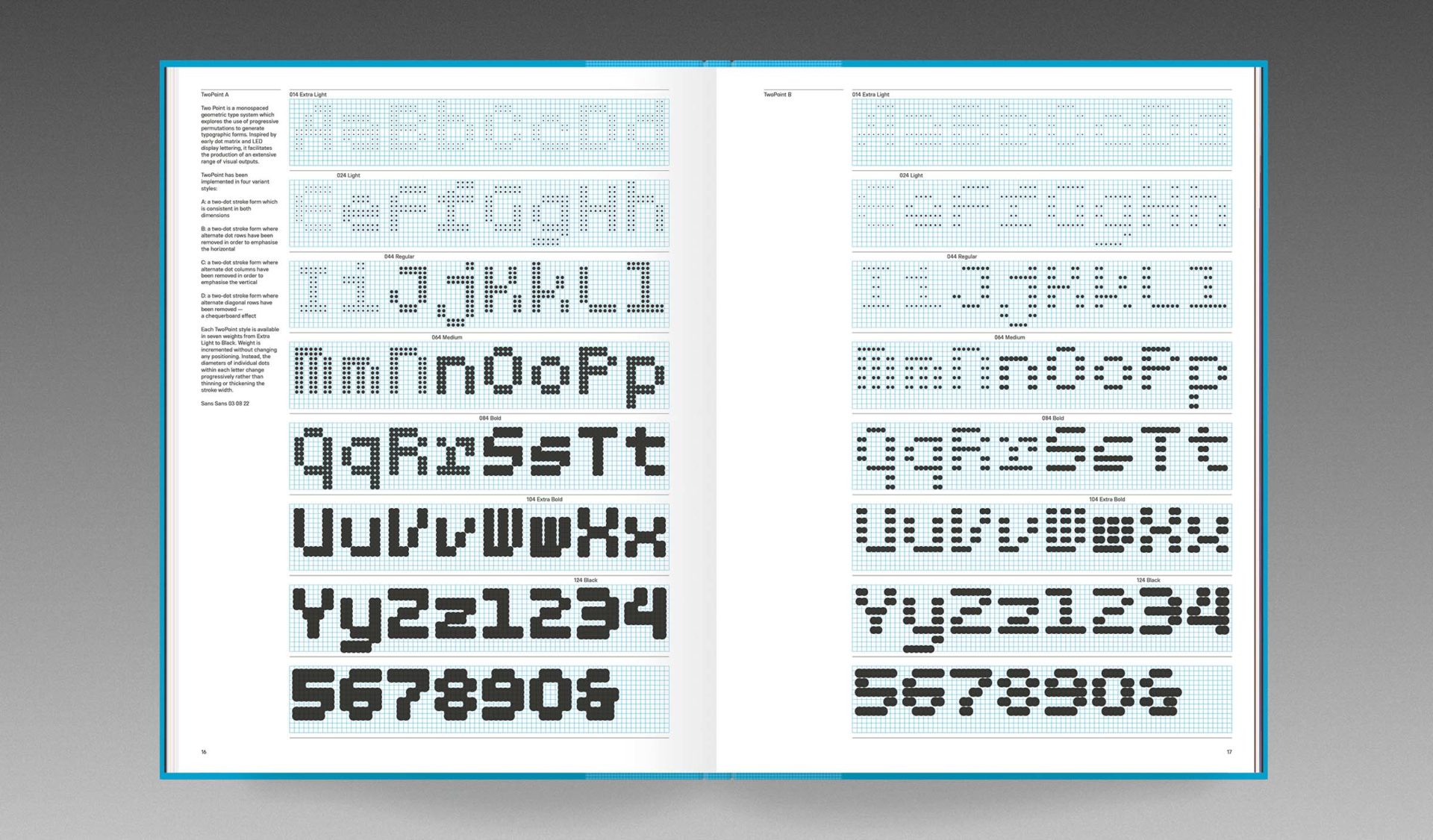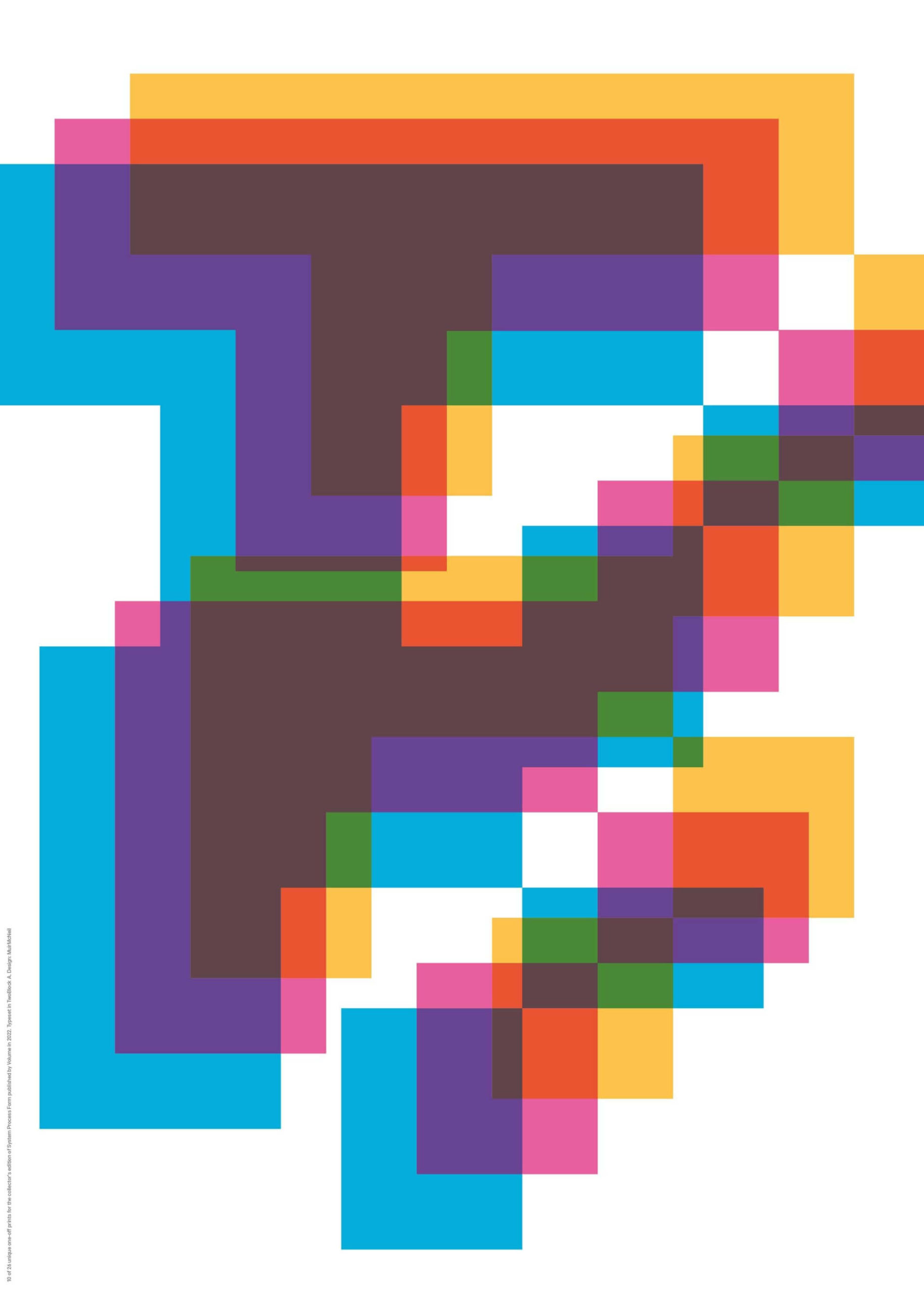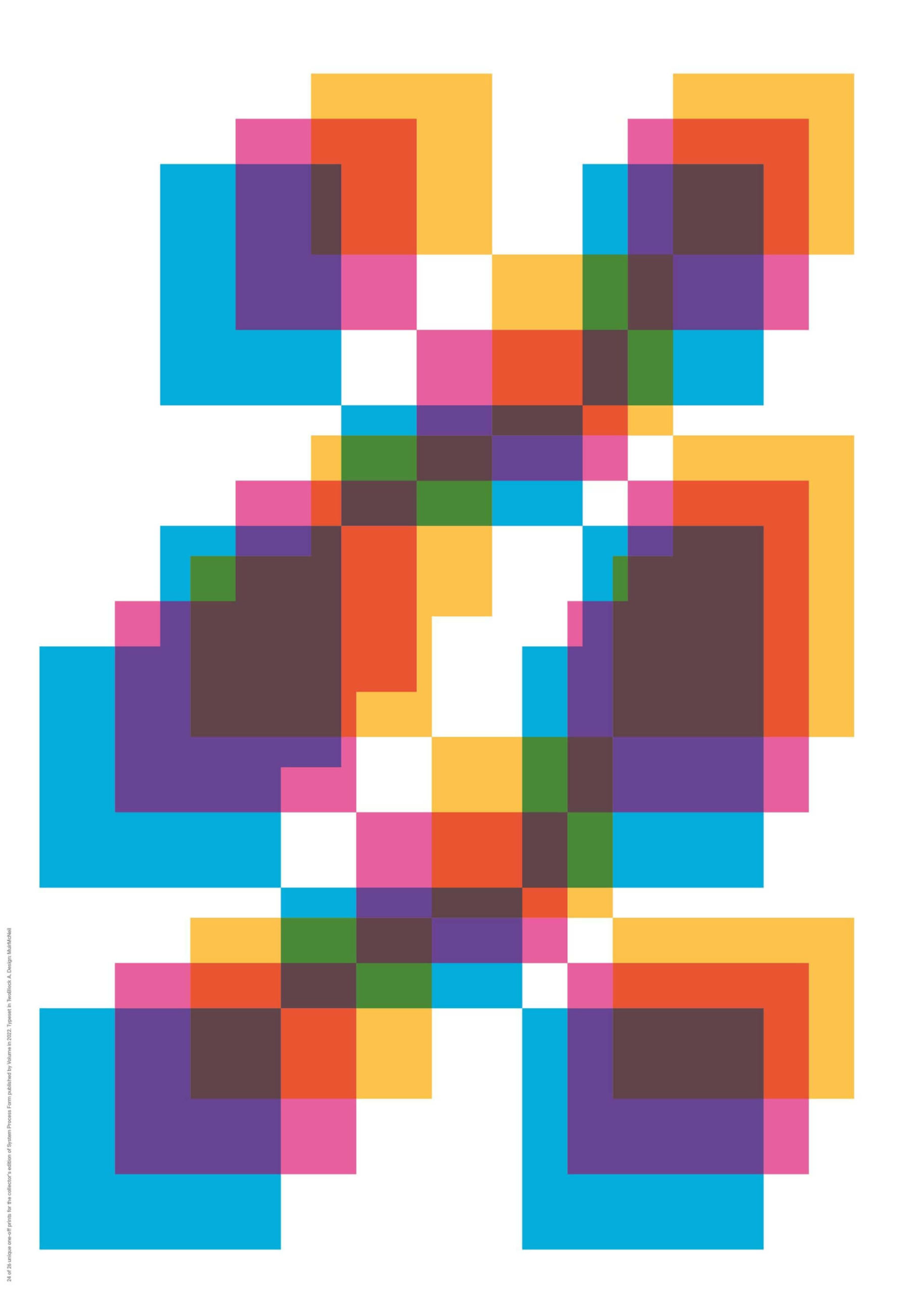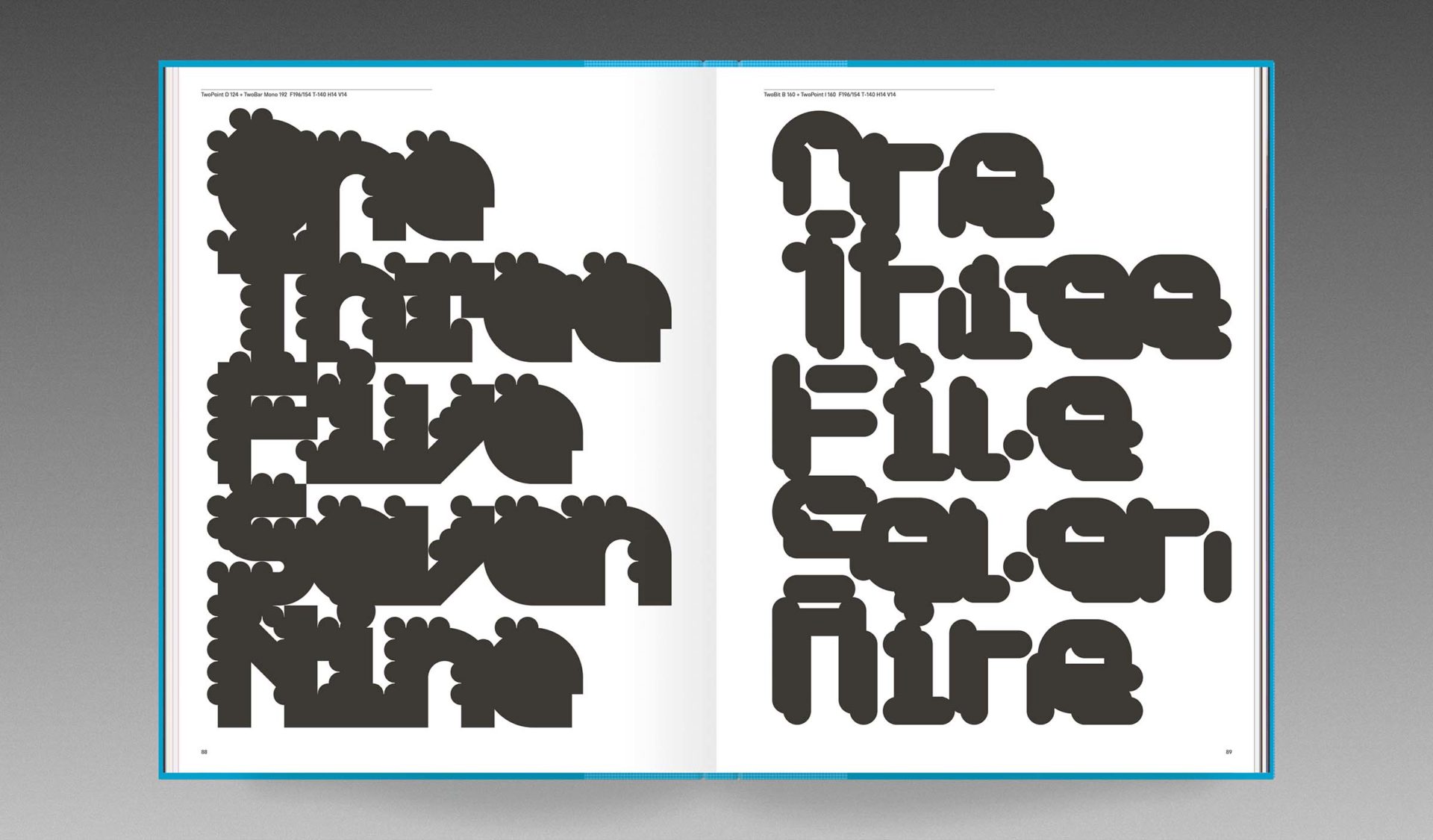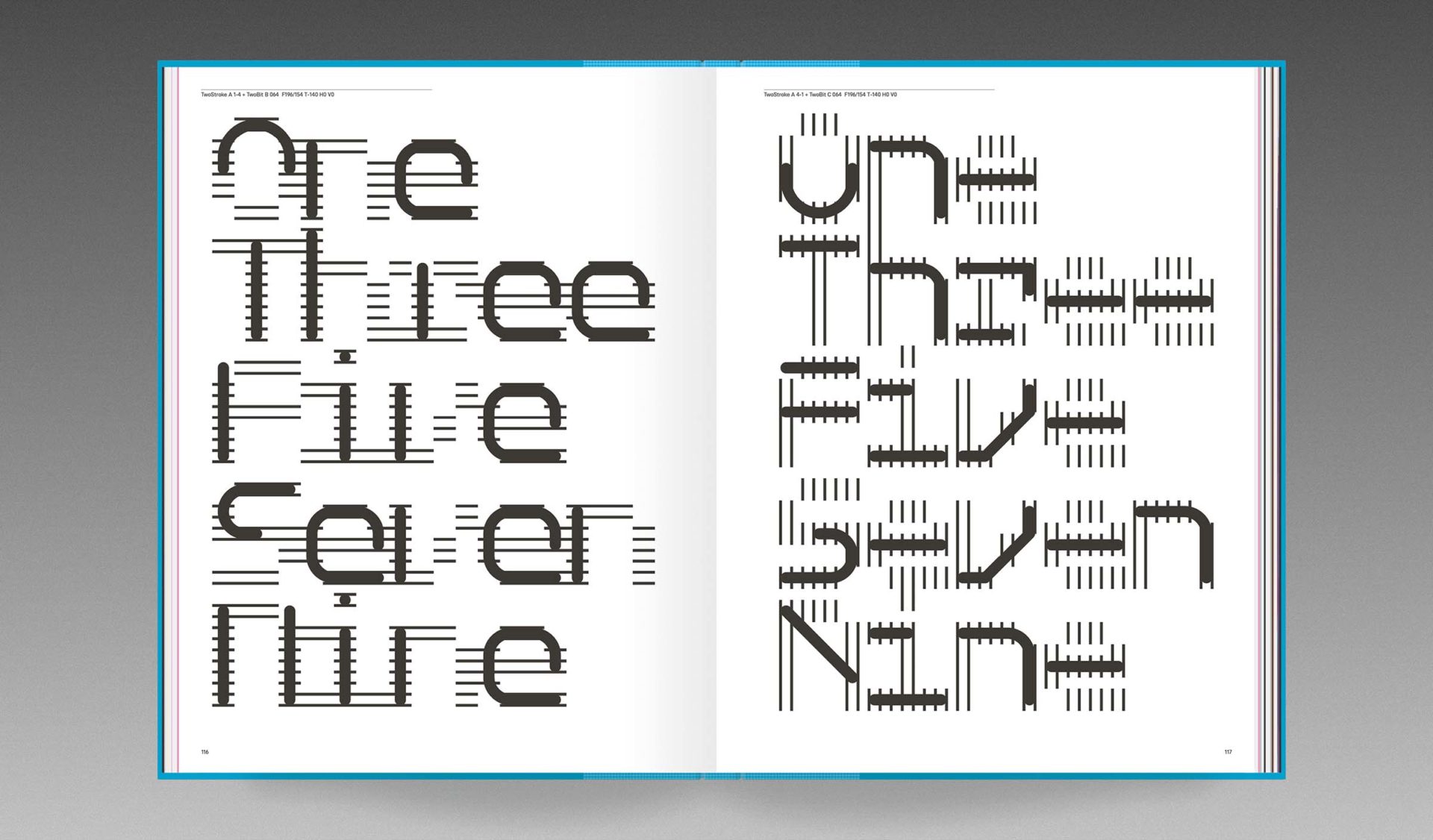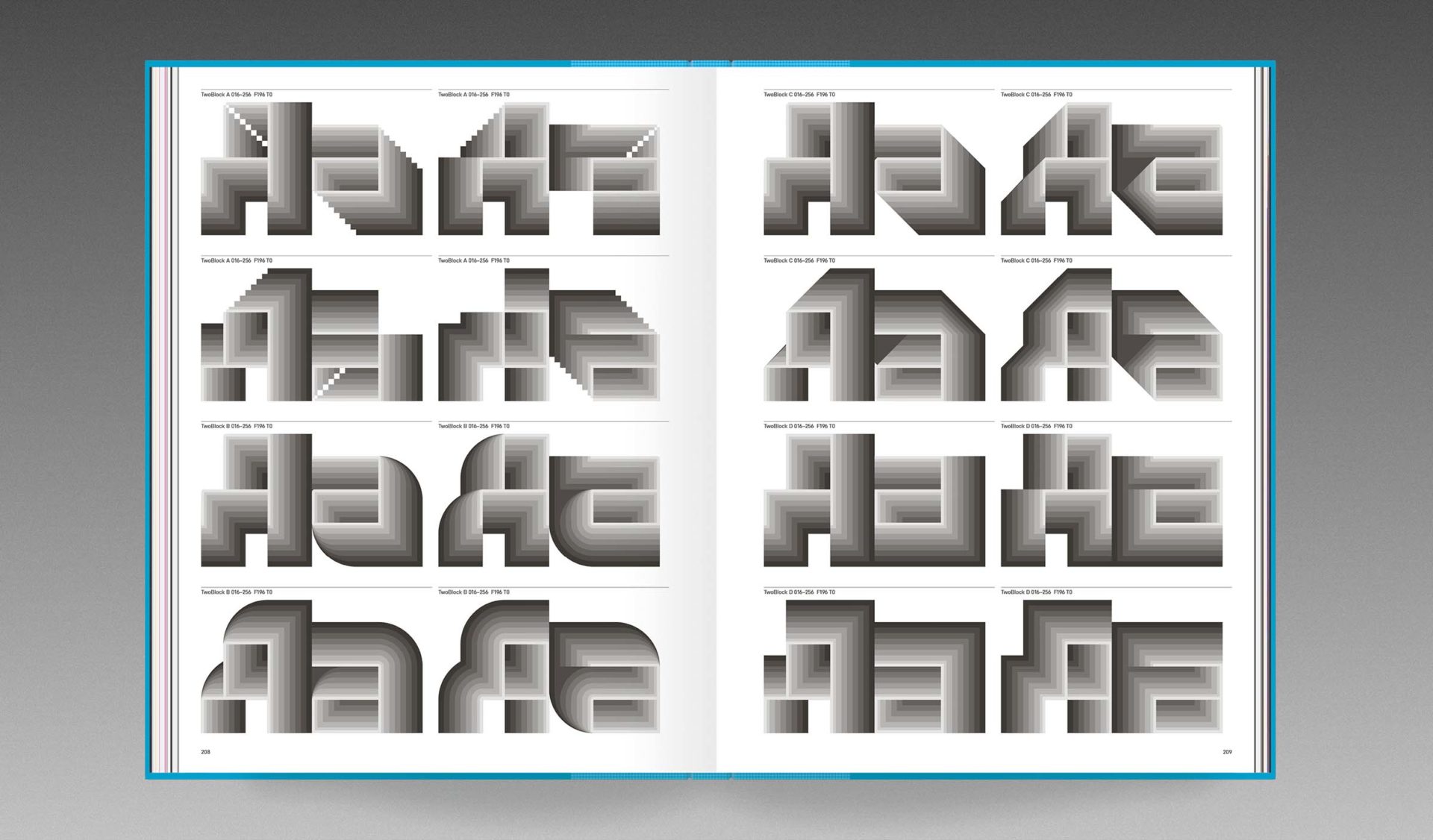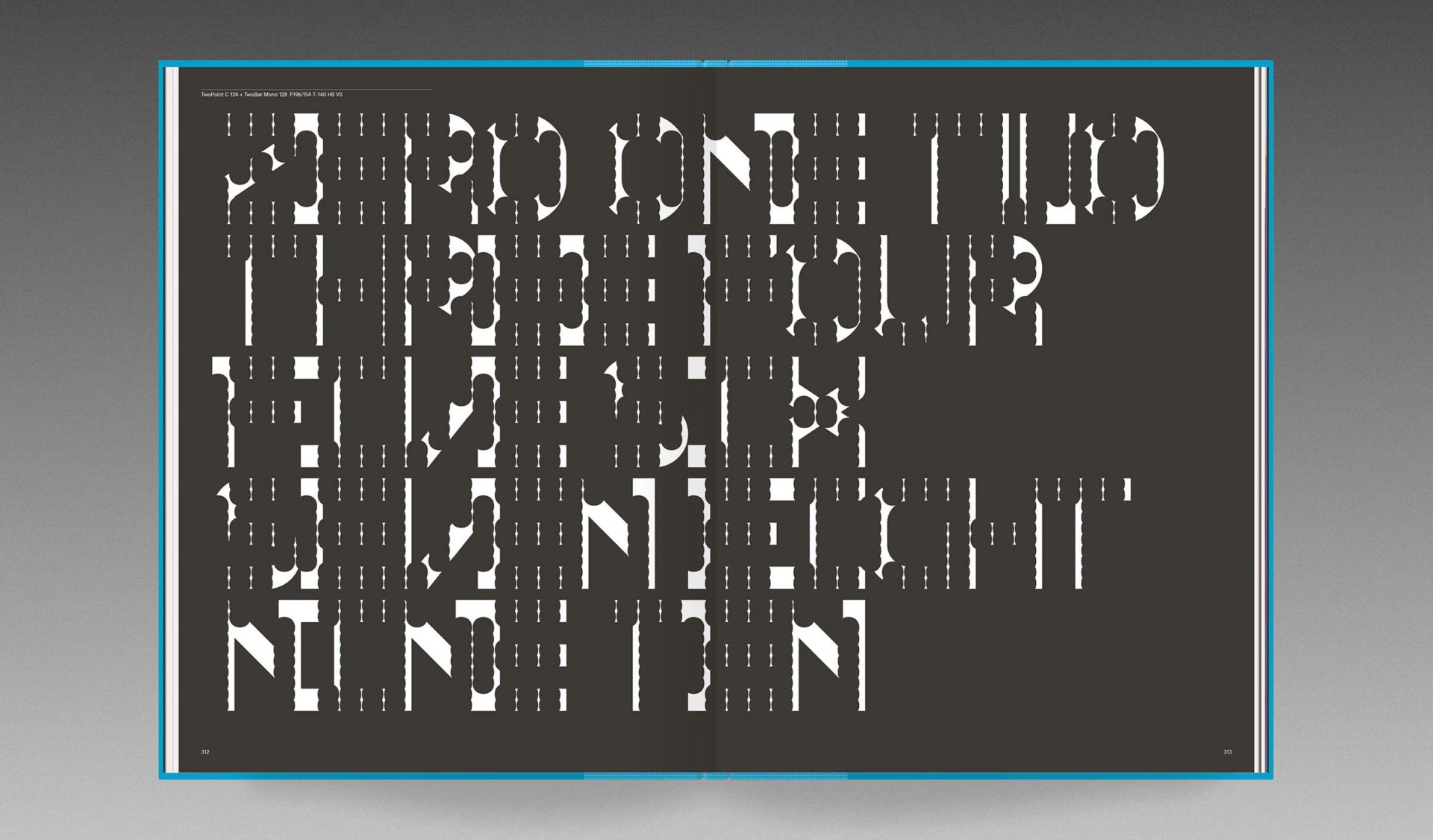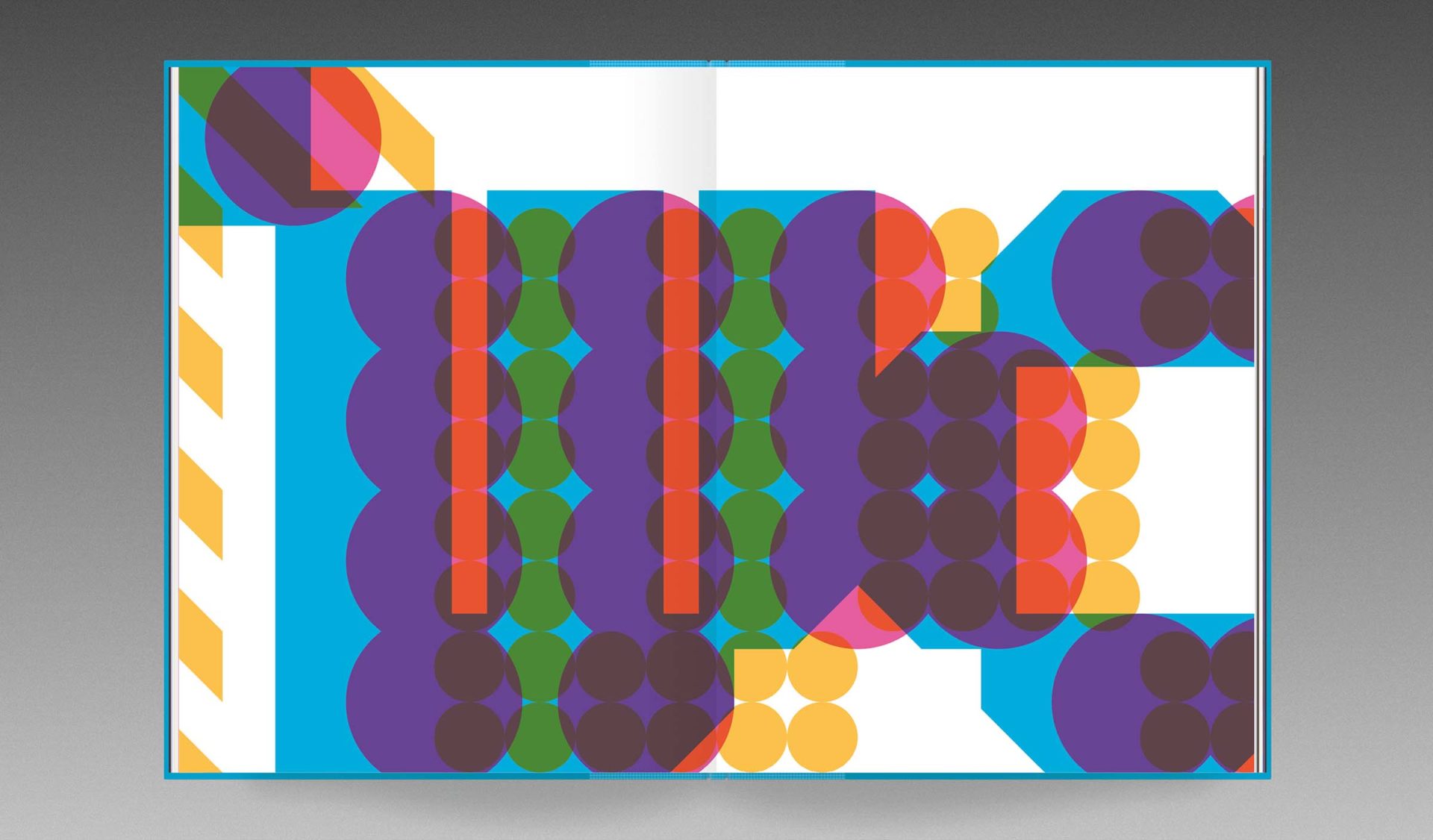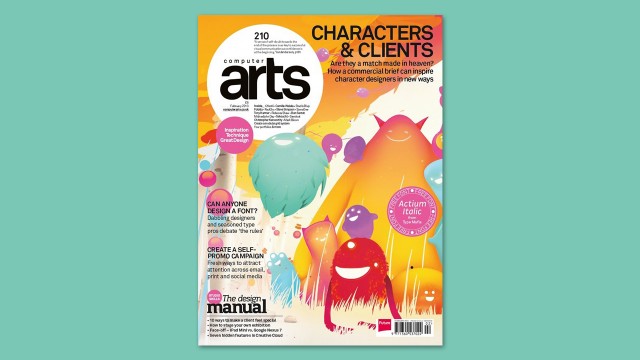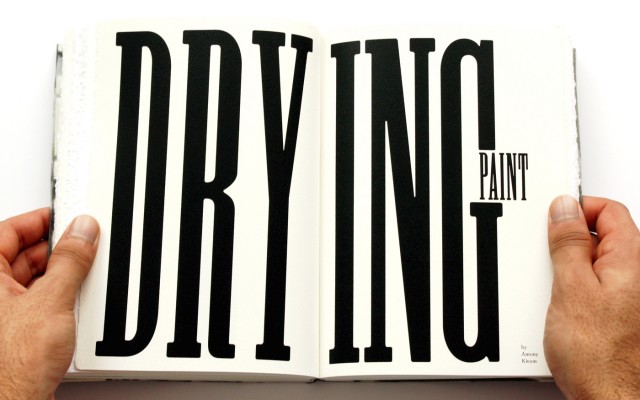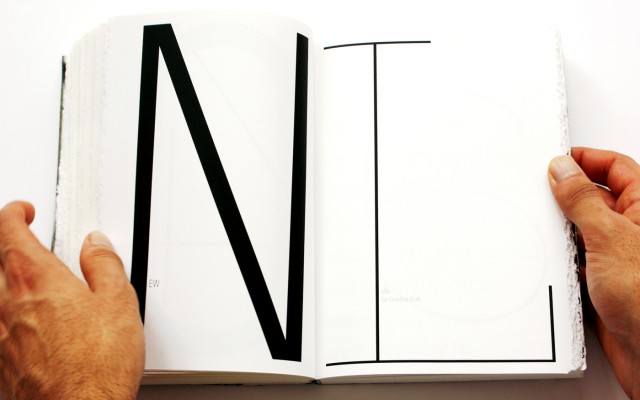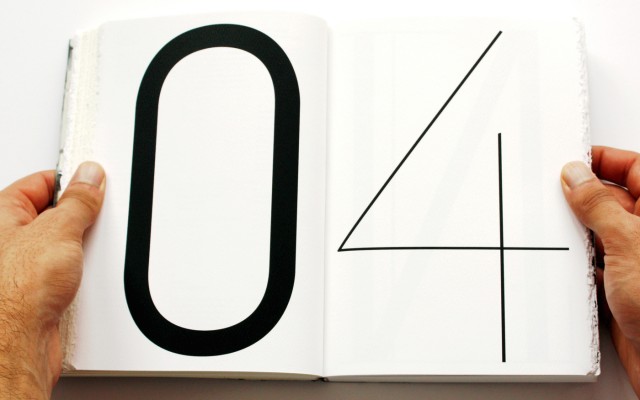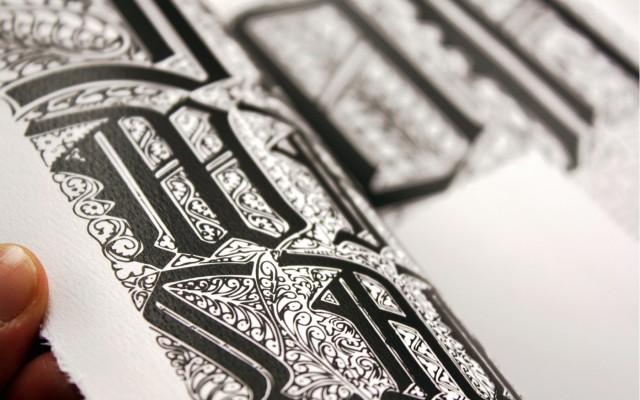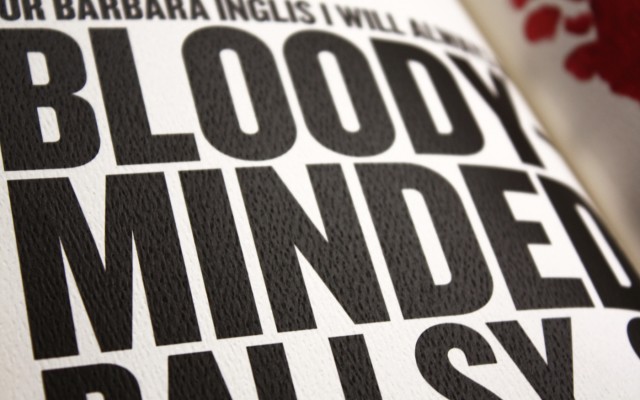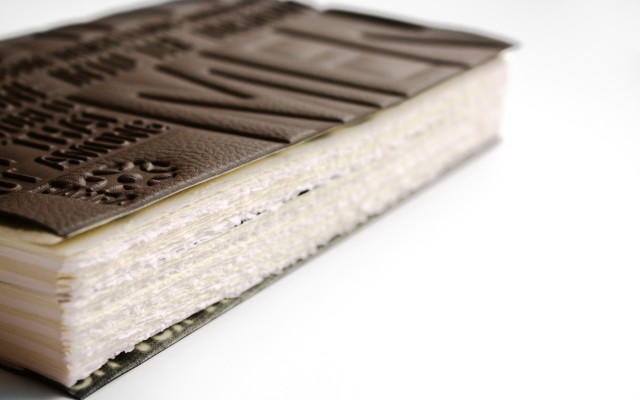
Announcing the first shader pack from OneTenEleven for VS2 – Offset.
VS – Visual Synthesizer from Imaginando allows easily creation of visuals that react to audio & MIDI. A standalone application, also compatible with a DAW which supports VST, VST3 and AU plugin format.
I have been involved in the Beta programme for VS2 and comes highly recommended.
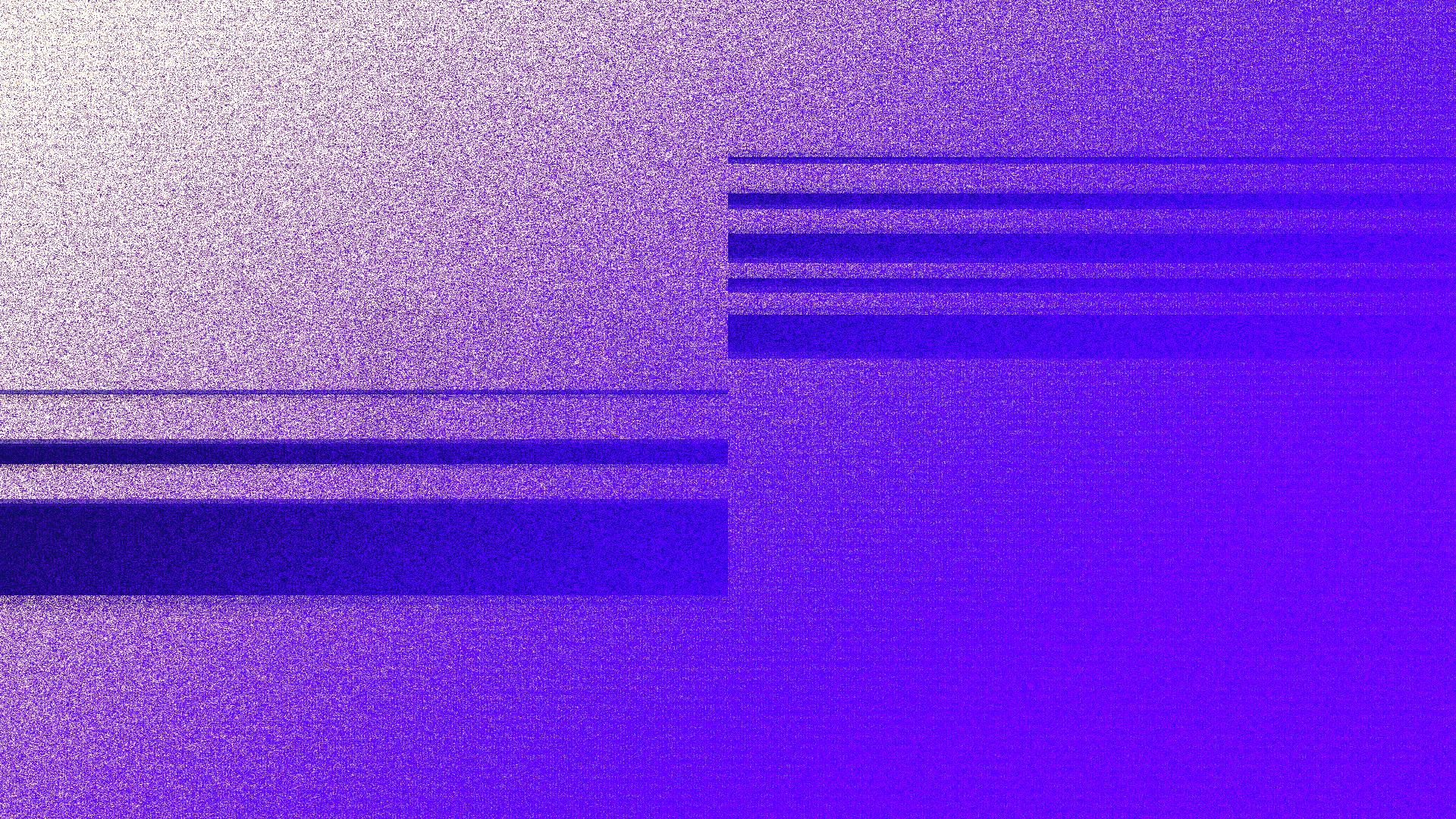
VS – Visual Synthesizer
For years, creating audio-reactive visuals has felt like crossing into foreign territory for musicians—a world that demands technical expertise and patience with software built for specialists, not performers. This complexity has kept countless creators from exploring the visual dimension of their work. VS – Visual Synthesizer changes that equation entirely.
Built from the ground up with a musician’s perspective, VS makes audio-driven visuals feel natural and approachable. It translates familiar concepts from audio production into the visual domain, creating a bridge rather than a barrier. The interface is compact yet comprehensive, designed not to overwhelm but to inspire.
What sets VS apart is how effortlessly it connects sound to sight. Assigning MIDI controllers and audio triggers to visual parameters feels intuitive—more like patching a synthesizer than programming software. By eliminating technical friction, VS lets you focus on what matters: translating your sonic ideas into compelling visual performances.
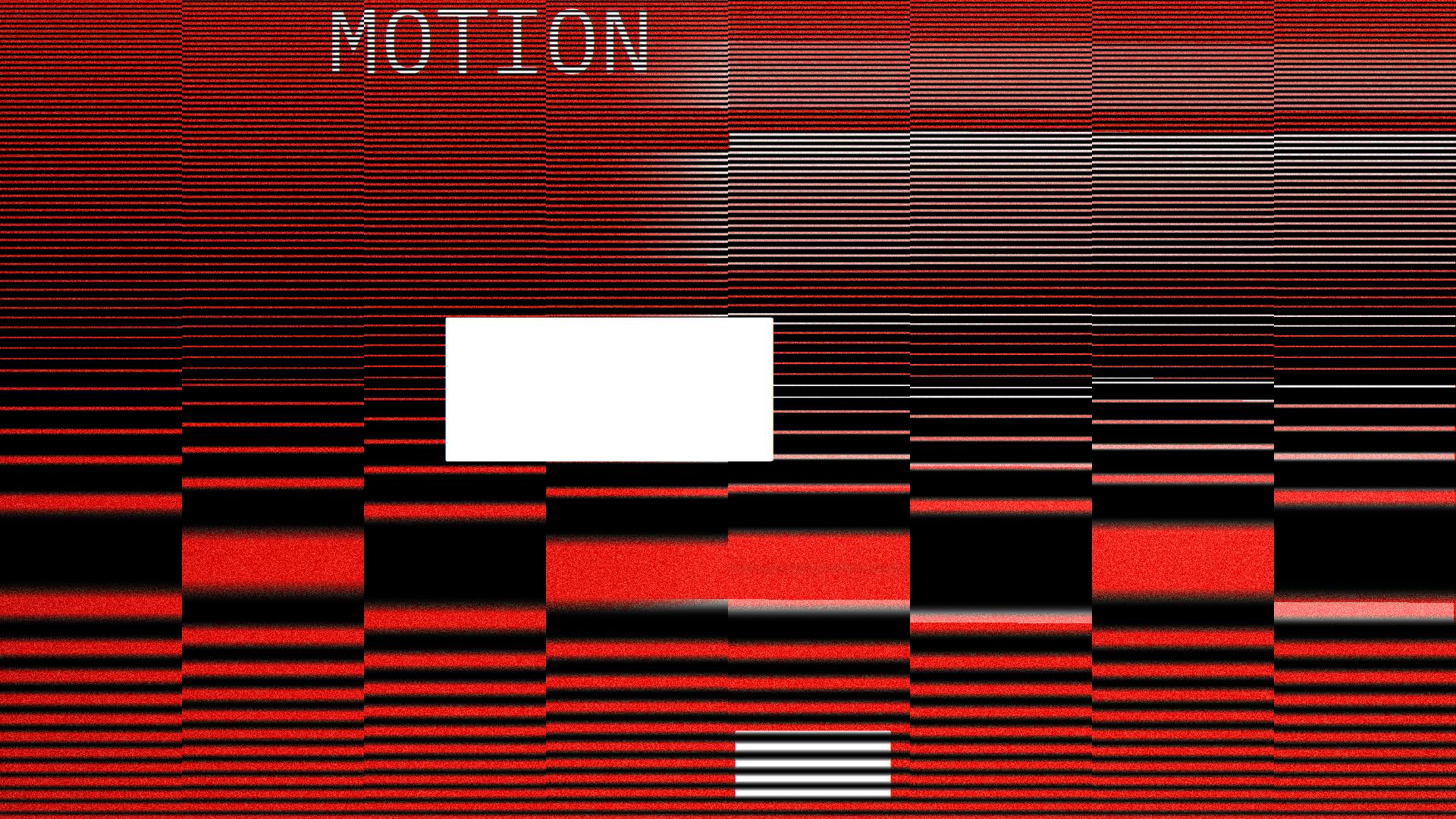
Offset
Transforming the precision of ink and paper into evolving, kinetic visuals. Offset reimagines classic Swiss layouts, halftones, grids, and textures through motion design, for artists who see rhythm in structure.
Offset was created by OneTenEleven, an independent design and motion studio from Leeds, UK, led by Antony Kitson. Known for bold graphic design and motion work for clients such as Sony Music, Jimmy Page, and Nick Cave, OneTenEleven brings tactile depth and visual precision to the VS ecosystem.
What’s Inside
- 40 Presets
- 39 Shaders
- 20 Texture Images
Each element draws from the geometry and typography of print media, now in motion. A feast for structured visuals, rhythmic compositions, and design-driven performances.
Compatibility & Pricing
Offset expansion pack is available now for VS 2.0 or greater for €14.99


